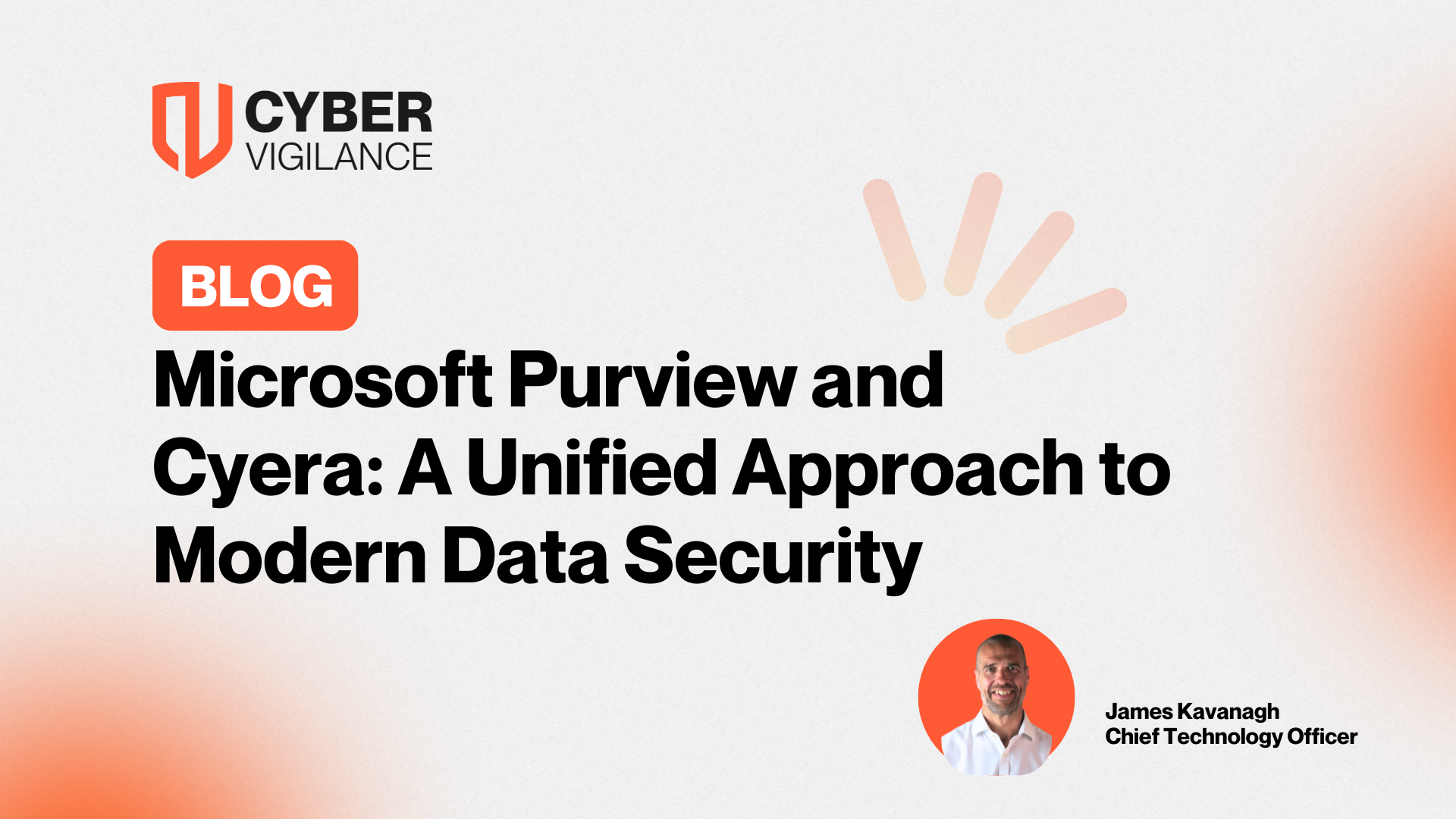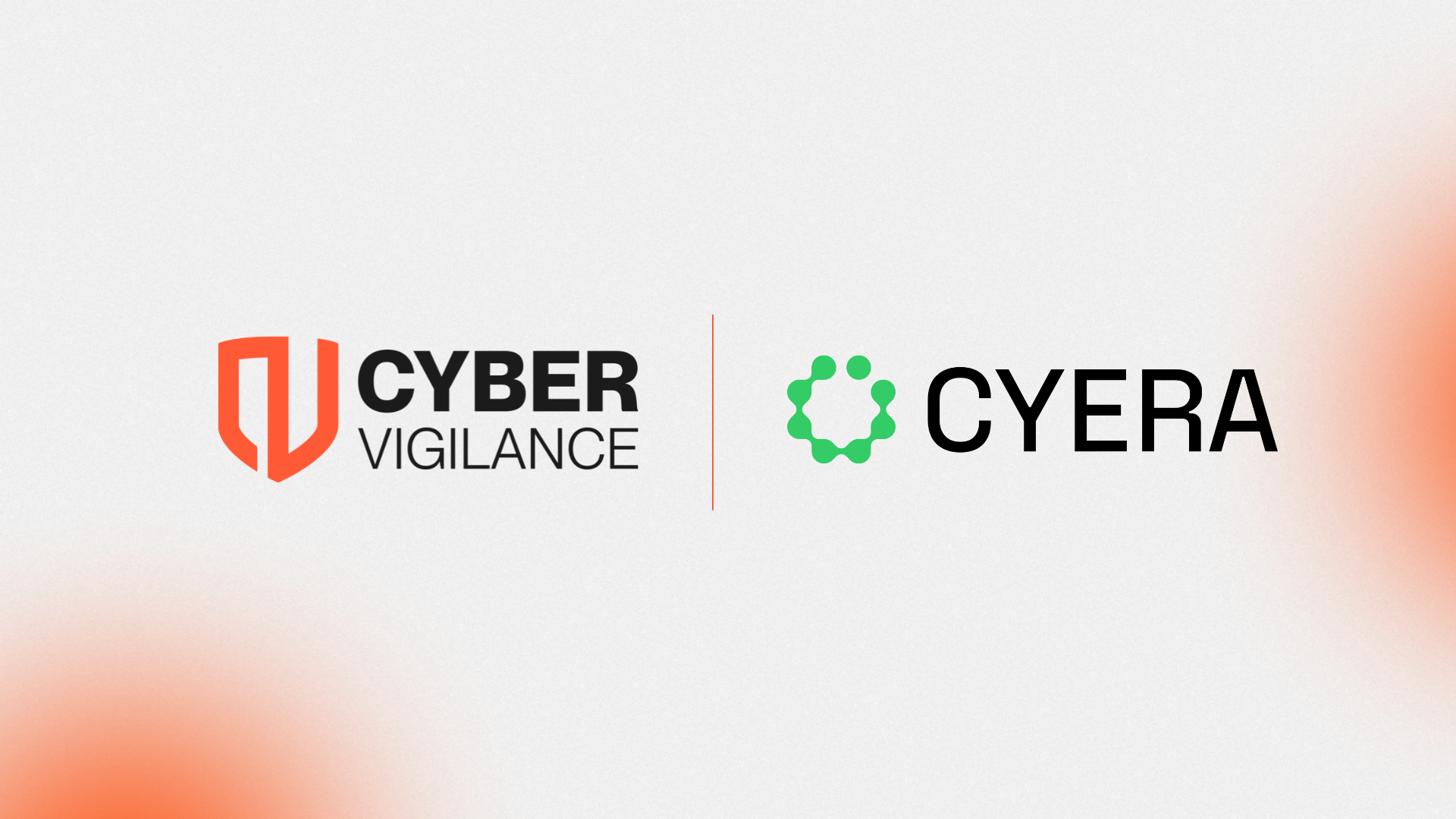What is SASE?
In this post we look at the top questions about SASE. What is SASE? SASE or CASB? What are the key SASE benefits? And who are the top SASE vendors?
SASE is the "new trend" in cyber security, there has been a lot of hype and announcements from vendors recently following Gartner's report. Gartner referred to SASE as being the next evolution for network security, Gartner has said that by 2024, at least 40% of enterprise will have explicit strategies to adopt SASE which is up from less than 1% at year-end 2018. Considering the way recent events have rapidly changed what is needed in terms of security, clearly, we all need to get SASE. This post seeks to answer some of the top questions around SASE.
What is SASE?
SASE adoption is accelerating due to digital transformation and the rapid change in where users, devices, applications, and data are located, they are no longer inside the traditional network perimeter but now outside of it. We have seen the fast change due to the pandemic changing how organisations are working, forcing a network inversion. This means that steering traffic to and from the enterprise data centre is ineffective, having a cloud-based security platform makes a lot more sense.
A SASE architecture has the capability of providing secure access regardless of the location of users, data, devices and applications. SASE converges services into a single cloud-delivered service model including CASB, Zero Trust, FWaaS, DNS and SWG. In the SASE model, the data centres will be served as a service like other cloud services that users and devices need access to.
From the diagram below, you can see that SASE converges network and network security services and is delivered as a cloud-based service.

SASE or CASB?
In the past a cloud access security broker (CASB) was the only choice, however now SASE is changing this. A question which is being asked a lot at the moment is around whether standalone CASB is sufficient. SASE not only offers all the capabilities of CASB but also additional security services including zero-trust. The only real con of adopting SASE over CASB is that it cannot just be slotted into place like CASB, possibly needing a network redesign and retiring legacy networking and security solutions. However the benefits of SASE far outweigh the drawback and is the more superior option.
What are the key benefits of SASE?
- Increased performance, reduced latency: SASE enhances and accelerates access to internet resources via a global network infrastructure optimised for low-latency, high-capacity and high-availability
- Reduced complexity and cost: SASE helps you reduce the number of vendors and technologies which will lead to additional cost savings and reduced complexity.
- Zero Trust Network Access: SASE provides secure, contextual access to private apps in public and private clouds.
- Data protection: By introducing SASE, you can protect data everywhere it goes, inside and outside of your organisation.
- Threat protection: SASE helps to protect against cloud and web attacks such as cloud phishing, malware, ransomware, and malicious insiders
Who are the stand out SASE vendors?
Gartner expected by the end of 2020 there will be several providers offering a complete SASE portfolio. One of the providers singled out in the Gartner Report "The Future of Network Security is in the Cloud" was our partner Netskope.
"Netskope's vision clearly demonstrates a recognition of the importance of the emerging SASE market, and it is further along in that direction than any other CASB vendor."
- Gartner Magic Quadrant for Cloud Access Security Brokers, October 2019
Netskope has built a SASE-ready, cloud-native security platform to dynamically scale and deliver security services to enterprises and their users across the globe.
Here are some of the benefits that the Netskope platform offers:
- Offers context-aware, data-centric protection, following data everywhere it goes.
- Provides visibility where traditional security technology is blind.
- Protects sensitive data regardless of where it travels: Cloud, Web and IaaS.
- Understands the language of the cloud, such as API calls and JSON.
- Cloud XD™ enables powerful context that enables granular security controls.
- Applies universal security controls across both Cloud, Web and IaaS.
- Offers NewEdge™: a global high-capacity, high-preforming network infrastructure optimised for user experience.
- Provides an undisrupted, higher-performance and secure experience when accessing the internet.
Netskope's recently announced it is the most well-connected network for cloud-native security, an industry milestone. This shows Netskope to be one of the highest performing SASE-ready security private cloud to accelerate digital transformation. Netskope has also been named as #48 on Forbes Cloud 100 list, Netskope has now been on the list for four years in a row and each year rising in the ranking.
Get safer now
See how Managed Threat Detection can make a difference for you. No obligation free trial.
©2025 Cyber Vigilance
Powered by Disruptive
Naggs Stable, Old Portsmouth Road, Guildford, Surrey, England, GU3 1LP



